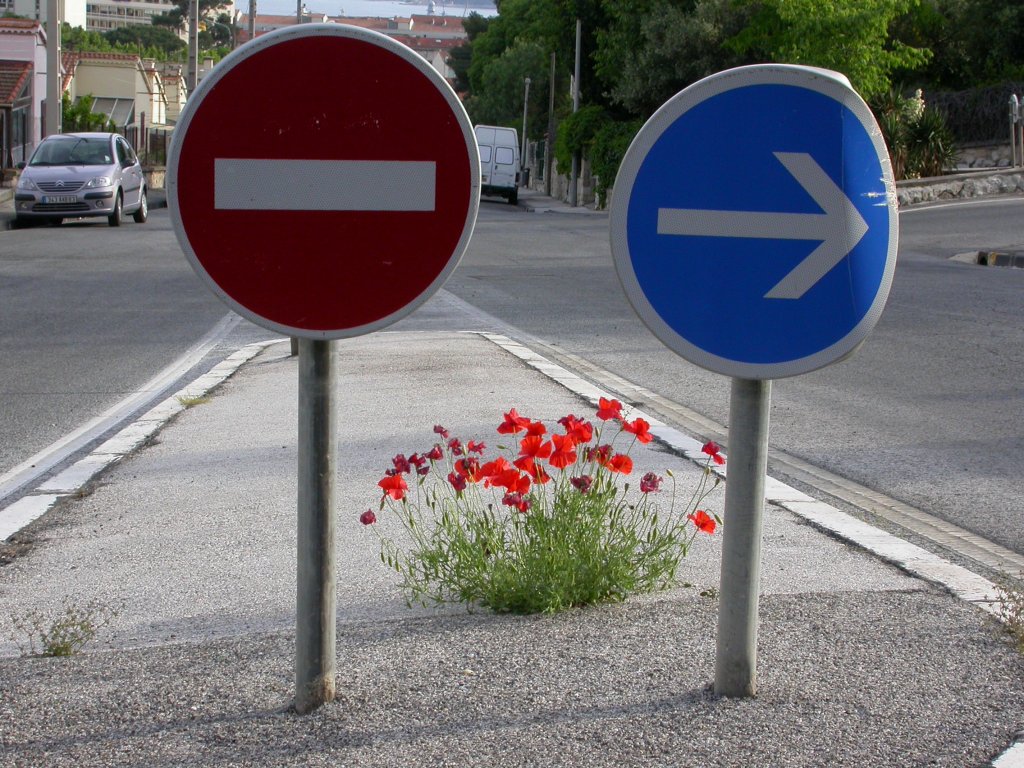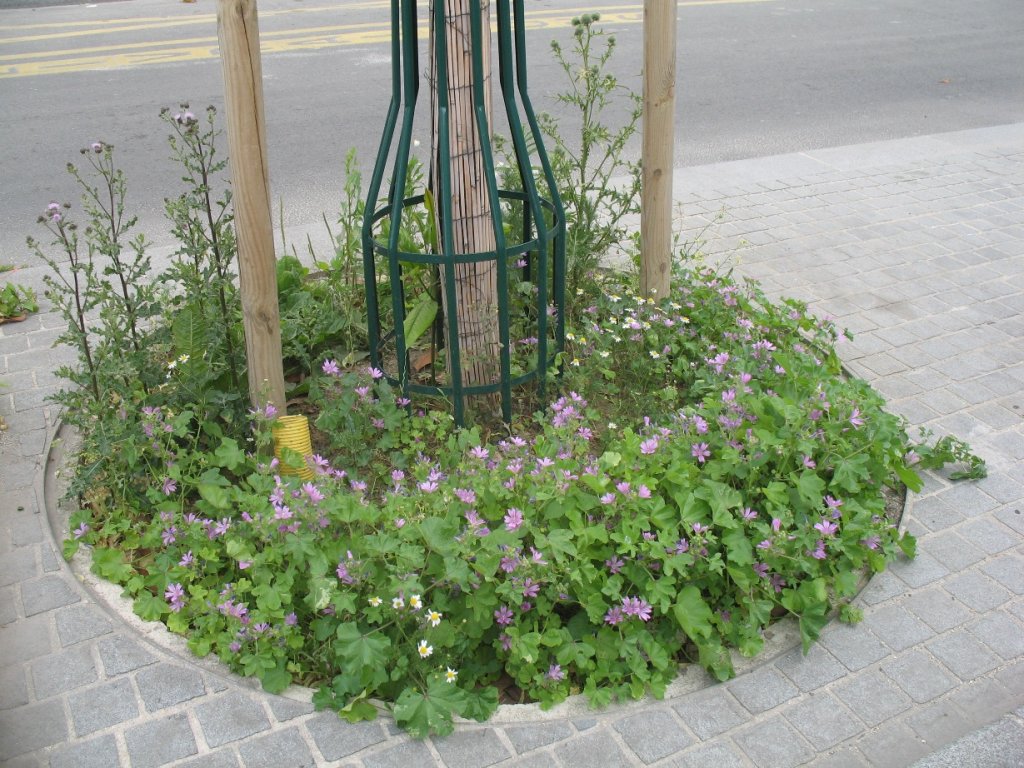Objectives
Sauvages de ma rue (Wilderness on my street) is a citizens’ observatory from Vigie-Nature that lets urban dwellers learn to identify the wild plants that grow on the streets in their neighborhoods. The data are used for urban ecology research.
Specific actions
Participants carry out inventories of wild plants that grow on city streets. They note the presence of plant species from among 240 plants listed in the protocol and indicate whether they are growing at the base of a tree, on sidewalks, in the grass, etc.

 Project created
Project created
 Mainland France
Mainland France
Mainland France
Type of project : Field, online
Participation period : All year
Level of involvement : Case by case
Project description
This observatory is part of the Vigie Nature network.
With the rise of urban ecology, researchers are learning more about the urban ecosystem. At the city scale, the wildlife species that live in urban environments are more or less known, although some gaps remain. However, at the smaller street scale, species lists are non-existent. These data are crucial to understand how “urban breaks” (e.g., the bases of trees, grassy areas etc.), urban structures and management approaches influence biodiversity quality.
The Sauvages de ma rue program aims to help urban dwellers learn to recognize the plant species that grow in their local area: the plants they see every day on their street at the bases of trees, along sidewalks, in the grass, etc. Even if they have no prior botanical knowledge, they can use the simple available tools to list the species growing on their street and send their data to the researchers through the website.
The data will be added to the databases of the Muséum national d’histoire naturelle and Tela Botanica, where they can then be analyzed. The data will advance knowledge of the distribution of species in cities and the impact of these “urban breaks” on biodiversity quality. The data may be provided to local government authorities that would like to know more about their cities’ plant biodiversity.
Co-managers
Anne Dozières
Directrice de Vigie-Nature
Muséum national d’Histoire naturelle (MNHN)
CESCO

Anne Dozières
Vanessa Laine
Chargée de mission Développement de communauté et Ingénierie pédagogique
Tela Botanica

Vanessa Laine
Tela Botanica
Nathalie Machon
Professeure MNHN
Muséum national d’Histoire naturelle (MNHN)
CESCO

Nathalie Machon
Ania Schleicher
Coordinatrice suivis Flore Vigie-Nature
Muséum national d’Histoire naturelle (MNHN)
CESCO/PATRINAT

Ania Schleicher
CESCO/PATRINAT




